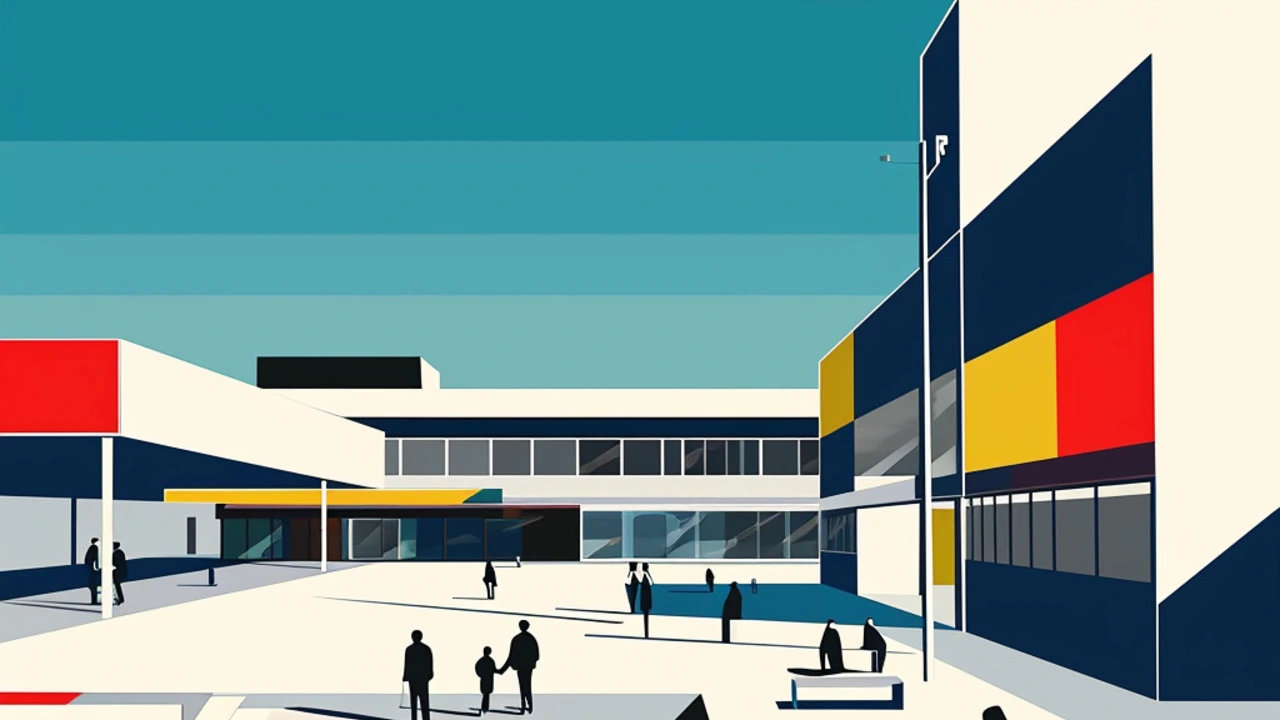Architectural Influence: How Buildings Shape Art, Design & Cities
Ever noticed how a building’s lines sneak into paintings, furniture, or even a city park? Architectural influence isn’t just about buildings — it’s a visual language that artists, designers, and planners borrow all the time. This page collects practical examples and quick tips so you can spot those connections and use them in your work or home.
How to spot architectural influence
Start with shape and grid. Movements like Bauhaus and De Stijl used simple grids and clear geometry. If you see strict rectangles, primary colors, or balanced compositions, that’s architecture talking. Look for scale and rhythm next — repeated windows, columns, or steps show up in patterns across paintings and prints. Materials matter too: exposed concrete or steel is often borrowed by Brutalist or Constructivist-inspired art and objects.
Light and shadow are huge clues. Gothic and Baroque architecture create dramatic shadows with deep recesses and high contrast; artists borrowing those vibes push bold contrast and dramatic poses. Futurism and smart-city ideas favor angled, forward-leaning forms and motion — if work feels dynamic or tech-forward, think Futurism. Land art shows how landscape-scale interventions change how people move through city space; that influence appears in public plazas, parks, and installations.
Use architecture in your art, home, or city projects
If you want to apply architectural influence, keep it simple. For your home: pick one architectural cue — a grid, a material, or a color scheme — and apply it across a few elements like shelving, cushions, and lighting. Want a Bauhaus look? Use functional furniture, clean lines, and neutral tones with one bold color. Prefer Baroque revival? Add ornate mirrors or a dramatic chandelier as a focal point rather than overloading the room.
For artists: translate structural lines into composition. Use the rule of thirds like a grid, or fragment planes like Cubism to suggest volume. Photorealism artists can borrow architectural detail to enhance realism; tight perspective lines and texture make scenes feel built and believable. Installation artists can borrow urban planning ideas — think pathways and sightlines — to steer how people move through a piece.
Urban designers and planners can learn from land art and Futurism: make public spaces that guide movement and invite surprise. Small interventions — seating aligned with sightlines, gentle ramps, or an artful water channel — change how people use a place. Smart cities borrow Futurism’s forward-thinking shapes but use them for practical tech layers like sensors and lighting that improve daily life.
Quick checklist to use now: 1) Choose one clear architectural trait, 2) Repeat it across 2–4 elements, 3) Use materials honestly (wood for warmth, concrete for rawness), 4) Think about light first, and 5) Test scale in sketches before committing. Try one change this week — swap a rug for a geometric one or add a grid shelf — and you’ll start seeing buildings everywhere in new ways.
Want more concrete examples? Check articles on Bauhaus, De Stijl, Constructivism, Land Art, and Futurism on this tag to see how each movement shapes art, interiors, and cities in real projects and images.

